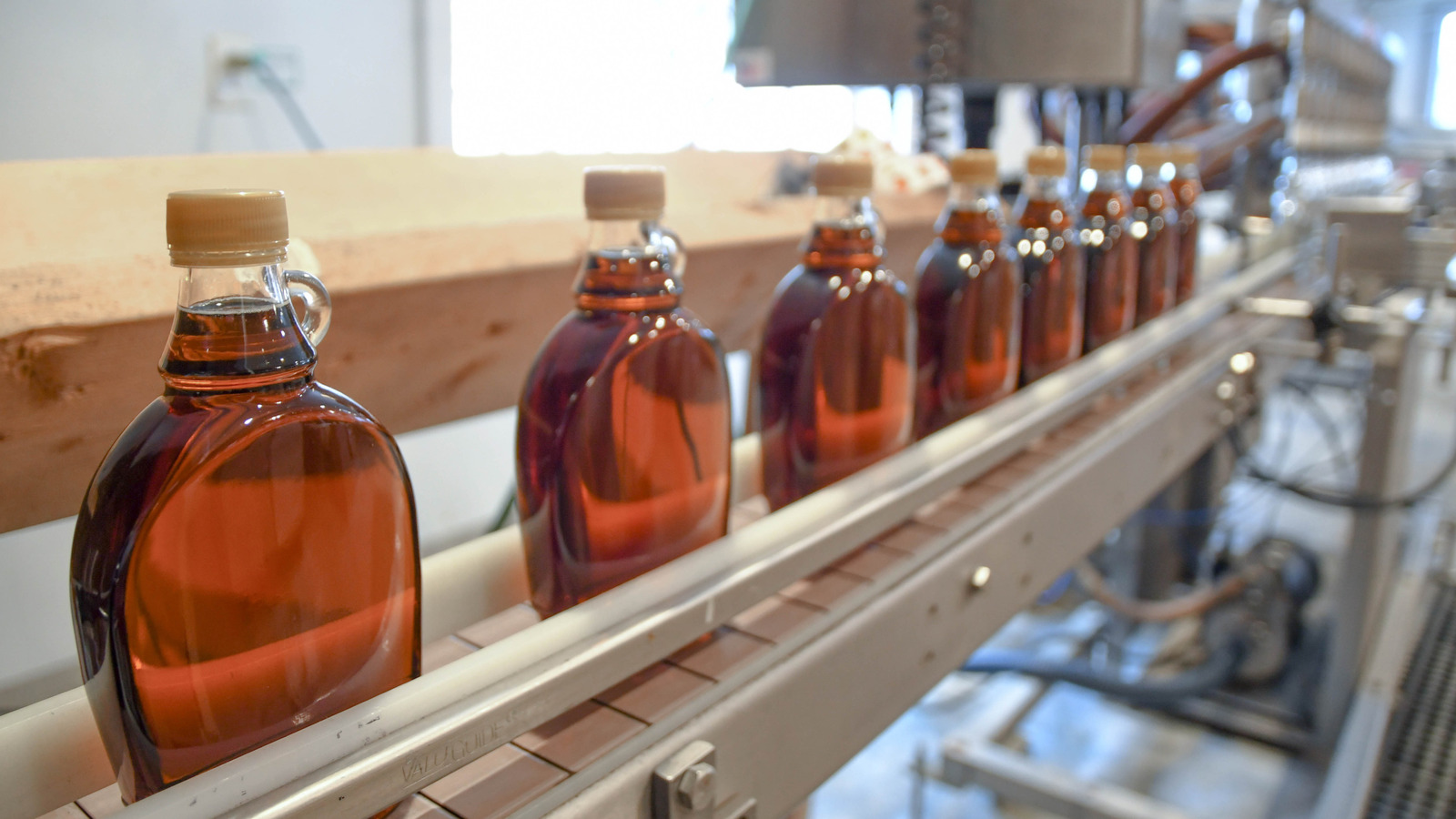
"To this day I don't even bother buying white sugar because maple syrup goes in my coffee, baked goods, curries, and salad dressings. Starting in kindergarten we learned everything there is to know about maple syrup. We started harvesting sap as tots, and then later toured sugar houses and learned the science behind it. Our friends and neighbors were sugarers, and that heavenly aroma of smoke and maple filled the air during each harvest season."
"The art of sugaring requires patience, the right tools, trees, and weather. If the latter three come together, then you're halfway there. Plenty of Vermonter's make maple syrup without owning a farm or sugar shack. And isn't it part of being a foodie experimenting with new foods and techniques? Saddle up, grab you Bean boots, a flannel, and a tree tap and let's get sugaring."
Vermont tradition places maple syrup at the center of local food culture, appearing in coffee, baked goods, curries, and dressings. Children learn sugaring from a young age through harvesting sap, touring sugar houses, and studying the science. Sugaring requires patience, the right tools, appropriate trees, and freeze-thaw weather cycles; when tools, trees, and weather align the process becomes achievable. Many Vermonters produce syrup without owning farms or sugar shacks. Cultural origin and history matter: Native Americans discovered and reduced maple sap long before European arrival, and folklore preserves early methods and legends connected to sap collection.
Read at Tasting Table
Unable to calculate read time
Collection
[
|
...
]